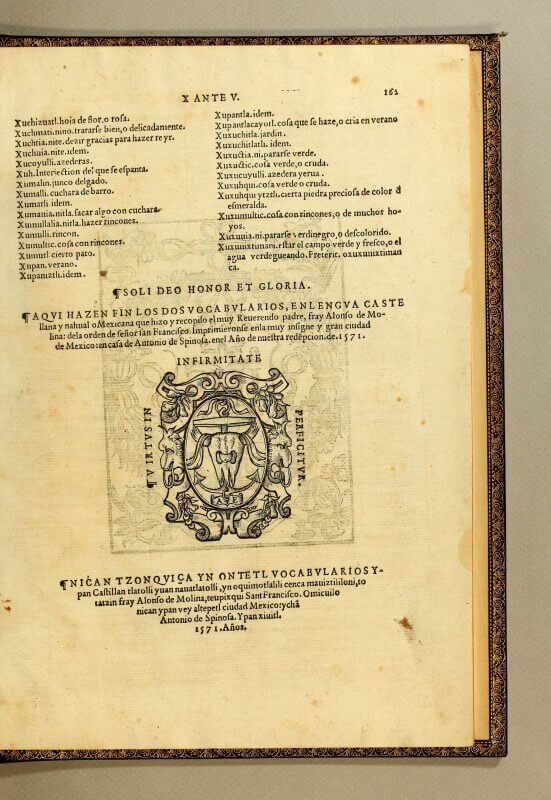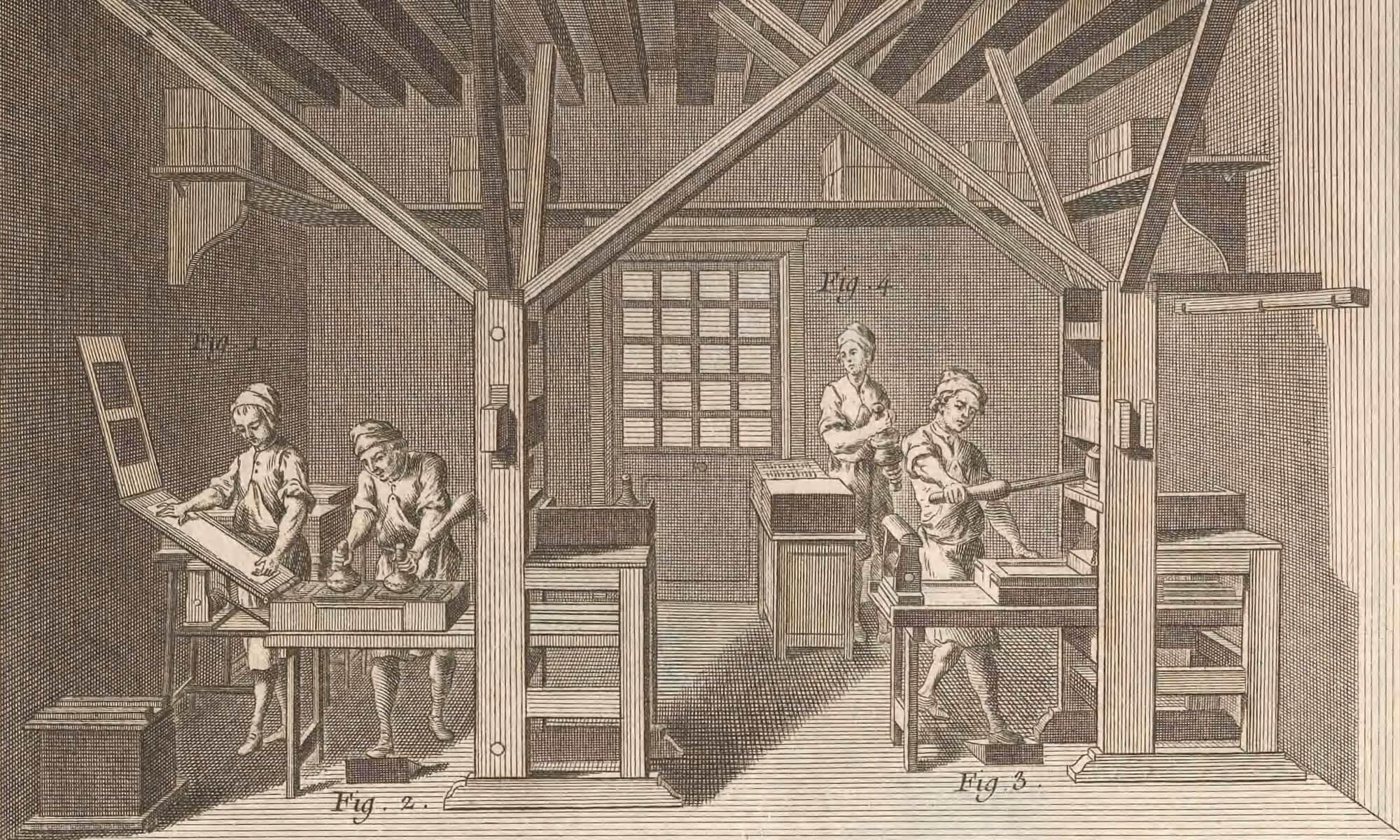Balbi, Catholicon, 1460 (1r)
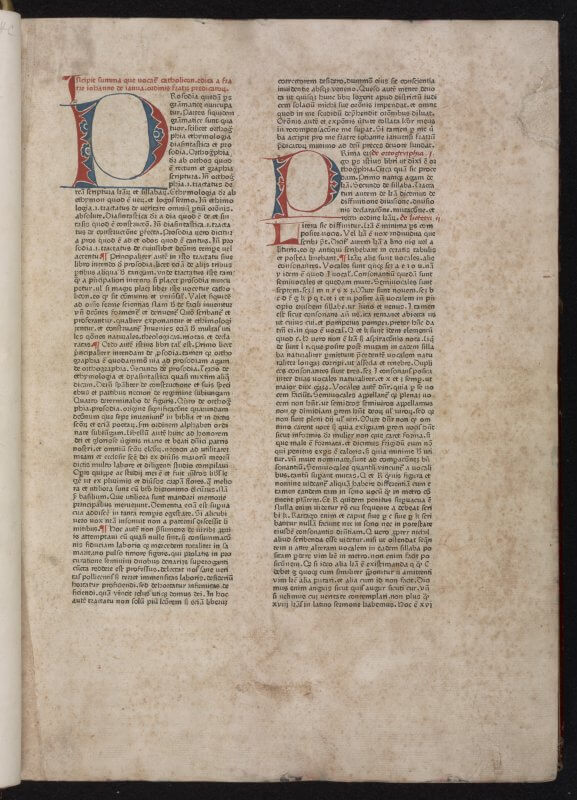
Colloques ou dialogues, 1616 (A1r)
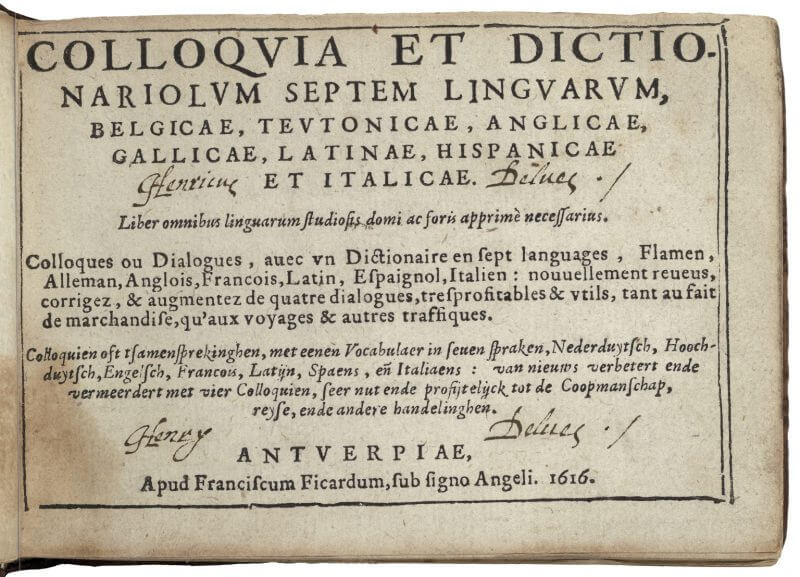
Colloques ou dialogues, 1616 (A4v-A5r)

Comenius, Orbis, 1685 (O1v-O2r)
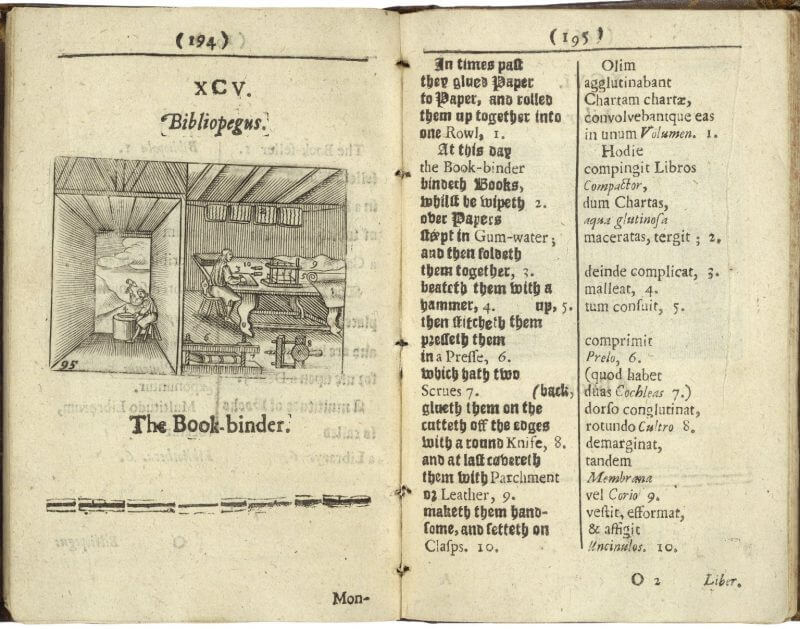
Febrés, Arte de lengua de Chile, 1765 (2A4r)
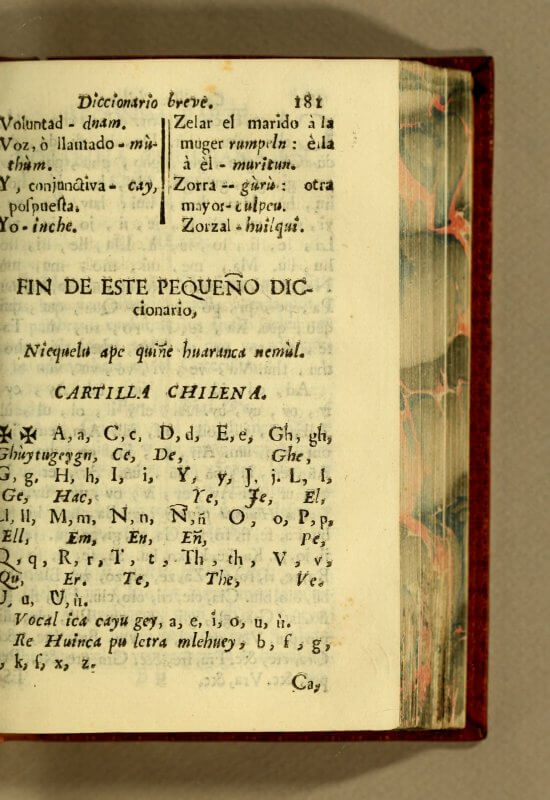
Febrés, Arte lengua Chile, 1765 ([*]1r)

Molina, Vocabulario, 1571 (V10r)
